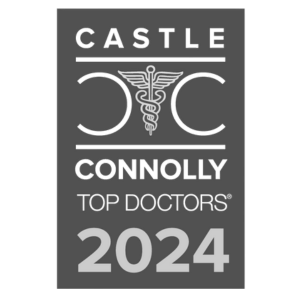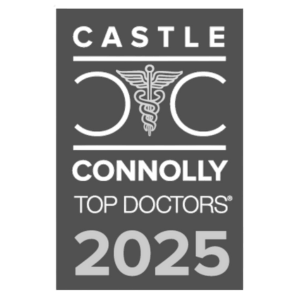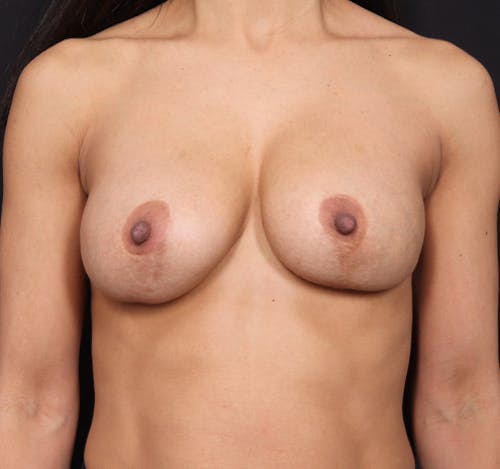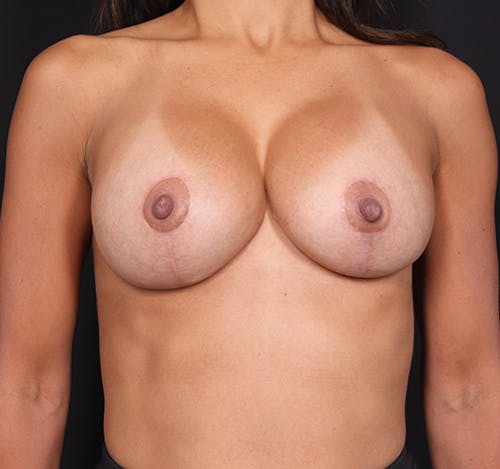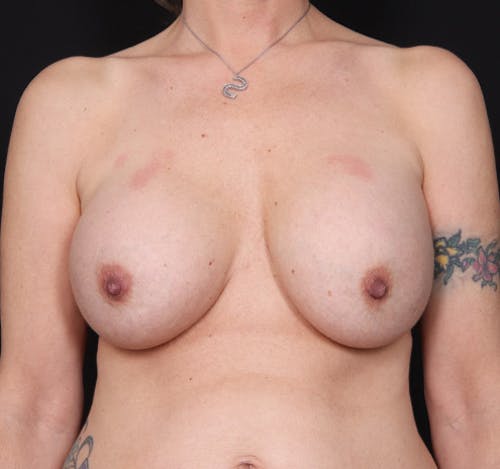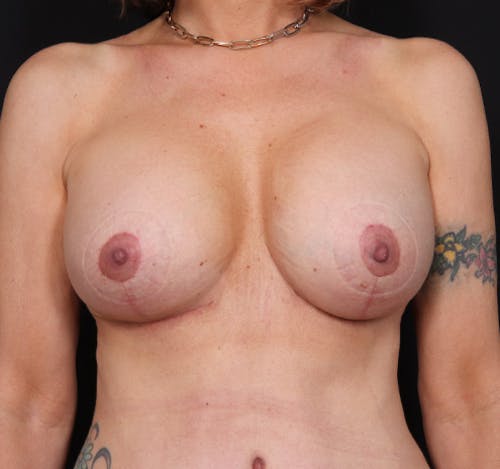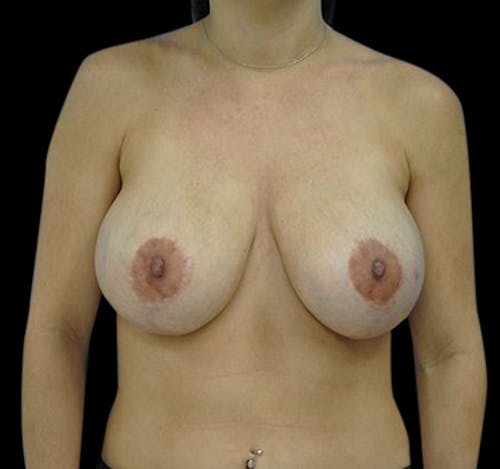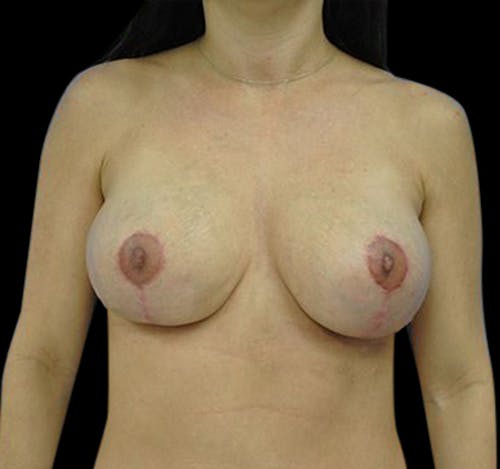While most women are pleased with their breast augmentation results, some may wish to pursue breast revision in New Jersey, whether due to changes in aesthetic taste or medical concerns.
What Can I Expect From the Procedure?
Your personalized treatment plan begins with a private consultation with Dr. Parakh, who will listen carefully to your concerns, perform a physical evaluation, and review your medical history.
During surgery, the doctor will strive to reuse previous incisions whenever possible so as to avoid creating new scarring. The old devices are removed or exchanged as needed. The surrounding tissues may be expanded, or the capsule may be adjusted to better house the implants. For those dealing with more serious complications, such as BII (Breast Implant Illness) or BIA-ALCL (Breast Implant-Associated Anaplastic Large Cell Lymphoma), a capsulectomy may be required to remove both the implants and their pockets.





